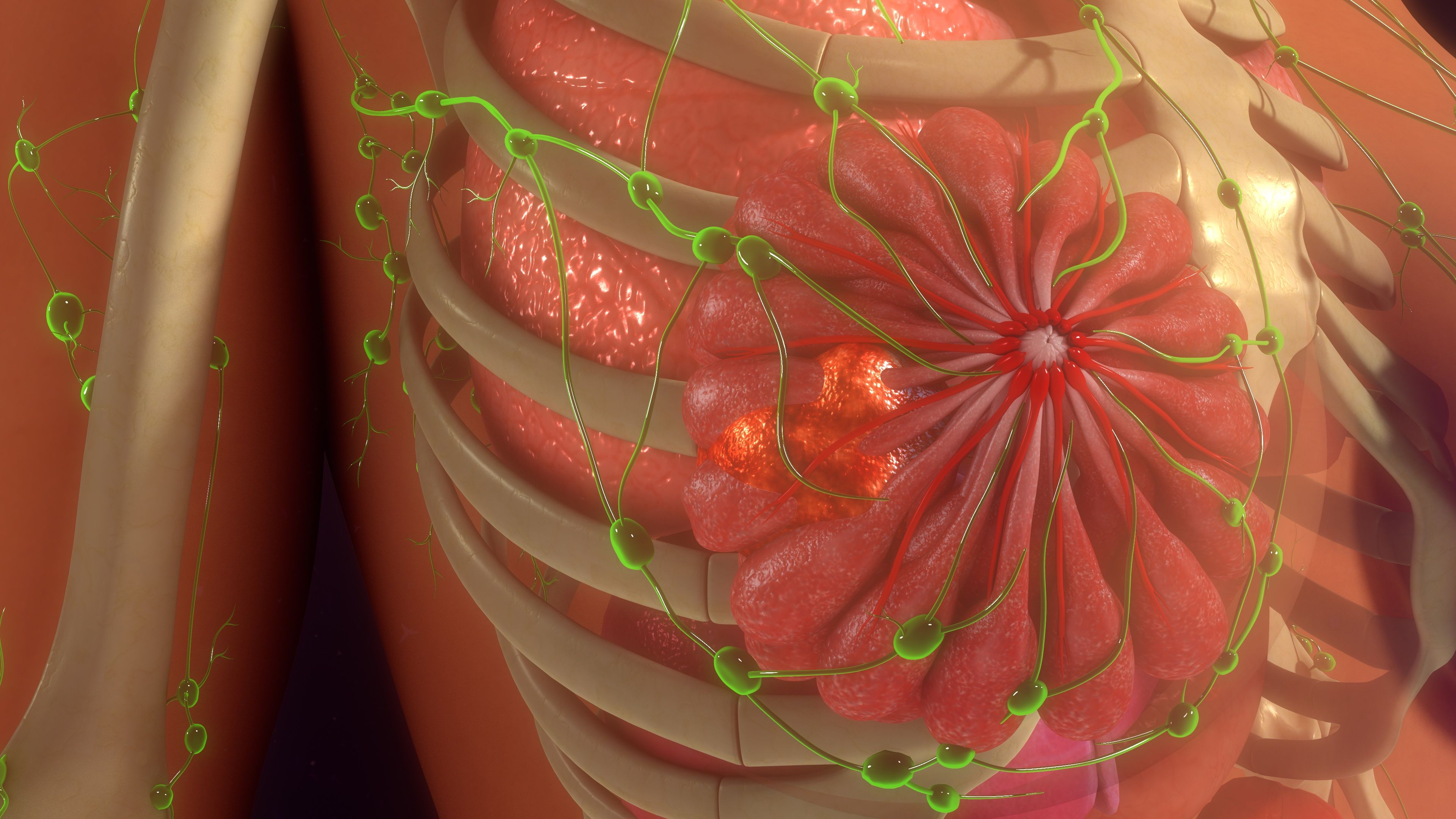Video
Goals of Treatment in Palliative Care
Transcript:
Philippa Cheetham, MD: Nance, when you were diagnosed with lung cancer, you talked earlier in the segment about how you don’t actually think about it and that life has continued pretty much as normal. I hope you’re still golfing.
Nance Neshanian: I am.
Philippa Cheetham, MD: How has this impacted on your life having this diagnosis, both physically and emotionally?
Nance Neshanian: I think perhaps it has bothered my son more than it has bothered me because he realizes that whatever care I’m going to need is going to fall on him. And not that he isn’t willing to do it, but it makes him very sad. For me, as I said, I don’t think about it and I think that’s my salvation really. I go on about my life as though I didn’t have it, and until I have an appointment with Dr. Horn, I really don’t think about it, I really don’t.
Philippa Cheetham, MD: And as a patient, you’re being managed by experts in the field with Dr. Horn.
Nance Neshanian: Absolutely.
Philippa Cheetham, MD: And I’m sure you’ve met many other members of Dr. Horn’s team.
Nance Neshanian: Yes, I have.
Philippa Cheetham, MD: Do you think, as a profession, that we put enough emphasis on the caregiver, your son, family members?
Nance Neshanian: Oh, yes, absolutely. I could not ask for any better care than I am getting, and that includes every single doctor there at Vanderbilt. As I told Dr. Horn the other day, I might even have lung cancer to get cared by her. They really are exceptionally kind. They make you feel as though they care right down to the nth degree about how you are. That’s remarkable.
Philippa Cheetham, MD: And you’re obviously very fit and active. You’re playing golf. How much does the actual follow-up, the surveillance, going to doctors’ appointments, having scans, how much has that interfered with everything else that’s going on?
Nance Neshanian: It doesn’t bother me. This is just something you do. I go to the grocery store, I cook dinner, I do the laundry. I do everything that I want to do. Sometimes, I use it as an excuse if I don’t want to do something. It’s convenient. But I don’t let it limit me in any way. There may come a day that it will, but so far, it hasn’t.
Leora Horn, MD, MSc: Although she was very clear when we first met that chemotherapy needed to work around her golf days on Wednesdays. So, that was the one stipulation. Nothing interferes with golf.
Philippa Cheetham, MD: Dr. Horn, we’re here talking about lung cancer and Nance is a fantastic poster child for what she’s dealt with emotionally with this diagnosis and the treatment. And it’s fantastic that she has been able to go through what sounds like fairly aggressive treatment with chemotherapy. How realistic is Nance’s situation as a representation for other patients? Is she a superhero having gone through this? Or, for patients like Nance who have this diagnosis, do most patients tolerate the treatments as well as Nance has done and been able to continue with the activities that are important to them?
Leora Horn, MD, MSc: So, it’s definitely variable, and when we sit down to talk to patients for the first time, especially patients with stage 4 disease, I’m very specific that the goal of the treatment is to improve your quality of life and improve your symptoms, as well as extending survival. And I think quality of life and symptom management are the most important part there. So, when we start treatment, I also tell patients that drugs are given based on FDA-approved doses, and if you’re not tolerating something, we can reduce doses, we can modify doses. We didn’t have to do that with chemotherapy, but on the clinical trial, we reduced doses and medications. We stopped some of the medications. Each time we do treatment we just have to see how people are feeling, but there are many things that we can do to help people in terms of managing their symptoms today, medications that we didn’t have even when I first started training.
Transcript Edited for Clarity




